If your sleep apnea is managed with a CPAP machine, you must make sure it keeps running even when the power goes out. Among a lot of power backup options available nowadays, an increasingly favoured approach is to use solar power for CPAP devices. Solar generators can store charge that can later be used to power your CPAP machine overnight, but will that be enough?
The answer is a big YES! Using the proper equipment, a solar power generator will allow your CPAP to be powered in an efficient and environmentally friendly way.
In this guide, we will discuss the connection between solar generators and CPAP machines, what things to look for in solar-compatible systems and ways to get the most out of CPAP’s solar power, no matter your situation.
Understanding the Power Requirements of CPAP Machines
Before using solar power for CPAP, you should find out how much electricity your machine needs. CPAP devices tend to use between 30 and 60 watts each hour which may vary based on added features such as heated humidifiers or different pressure settings. For example, the popular ResMed AirSense 10 draws about 90 watts with the humidifier on and 30–60 watts without it.
Now, multiply the wattage by the hours of intended use. If your CPAP machine runs at 40 watts, you will use 320 Wh of power for every 8 hours you sleep. So, it’s important to make sure your solar generator has enough battery power to handle the total consumption.
How Solar Generators Work for CPAP Machines
Solar generators provide a clean, quiet and dependable way to power CPAP machines, especially when regular electricity is not available, or when you are travelling or camping. They work by converting sunlight into electricity using solar panels. A battery in the system stores the energy and an inverter changes the DC power to AC power, which runs devices such as a CPAP machine.
When using a CPAP machine with a solar generator, you’ll need a solar panel for energy collection, a battery to hold it and an inverter for safe, regular power. During the day, solar panels charge the battery. At night, the energy from your batteries keeps your CPAP machine working.
Compatibility and power capacity are crucial. Most CPAP machines consume 30–90 watts per hour. So, a solar generator with at least 400Wh capacity is recommended for one full night’s use. Some models even offer DC output to power CPAPs more efficiently, bypassing the inverter.
Choosing the Best Solar Generator for CPAP Use

Before buying a solar power generator for CPAP, take these factors into account:
- Battery Capacity: Your battery should be able to run the CPAP machine for at least 8–10 hours.
- Charging Speed: The type of solar panel and the battery you pick (we suggest LiFePO4 for more longevity) are important for charging speed.
- Portability: A lightweight design makes it simpler to carry portable solar power for CPAP.
- Brand Compatibility: There are CPAP brands that are only suitable for certain types of power cords. Make sure to check the voltage and amperage before you connect anything.
People who are always on the road or enjoy camping can also find a solar power bank for CPAP. They are much smaller in size and don’t last as long as larger units, but are useful for unexpected stays or when you need to use them for backup.
Advantages of Using Solar Power for The CPAP
Using solar power for the CPAP brings multiple benefits:
- Eco-Friendly: Clean energy, zero emissions.
- Quiet Operation: No engine noise, unlike gas generators.
- Portability: Great for camping and remote travel.
- Cost-Effective Long Term: Lower power bills and minimal maintenance.
While initial costs may be higher than traditional backups, the investment pays off over time with fuel-free operation and sustainable use.
Limitations and Tips for Success
Despite the benefits, there are a few caveats:
- Weather Dependency: Cloudy days result in less effective charging.
- Charging Time: It may take between 6-10 hours to fully charge your battery, depending on the output of your panels.
- Humidifiers Drain More Power: When the battery is weak, use your CPAP in regular "air-only" mode instead of using the humidifier.
Using solar power bank for CPAP on shorter trips and solar power generator at home or longer outdoor stays can be a smart approach.
FAQs
How much power is needed to run a CPAP all night?
Your CPAP will use somewhere between 300 and 500 watt-hours to run for 8 hours; this can go up if you use a humidifier or change your pressure settings.
How can I power my CPAP while camping?
You can use a portable solar power for CPAP setup or a dedicated solar power generator for CPAP. These systems charge via solar panels during the day and power your device through the night.
Will a 400 watt inverter run a CPAP machine?
Yes, most CPAP machines can be powered by a 400-watt inverter as long as it’s a pure sine wave type and the battery has enough charge to run through the night.
How many watts does a ResMed AirSense 10 CPAP use?
With the humidifier switched on, the ResMed AirSense 10 uses around 90 watts, but only 30–60 watts when the humidifier is off.
Can I plug my CPAP into a gas generator?
Yes, but it creates more noise and isn’t environmentally friendly. A peaceful and clean way to generate electricity is solar power which doesn’t produce any fumes or noise.
Conclusion
Is it possible to use a solar generator to run your CPAP machine? Of course—solar power for CPAP is not just possible but more and more people are choosing it for its portability, sustainability and backup options. If you’re getting ready for a power outage or camping, a solar power generator, portable solar power or even a solar power bank for your CPAP may ensure your therapy continues without interruption.
By understanding your device’s energy needs and selecting the right solar setup, you can enjoy restful sleep anytime, anywhere—without relying on the grid.



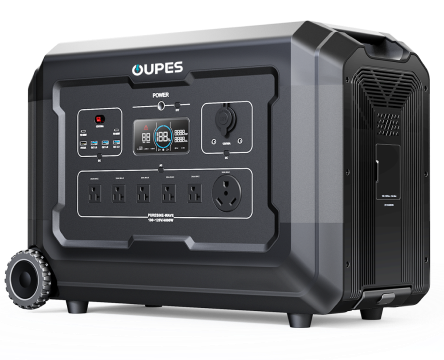

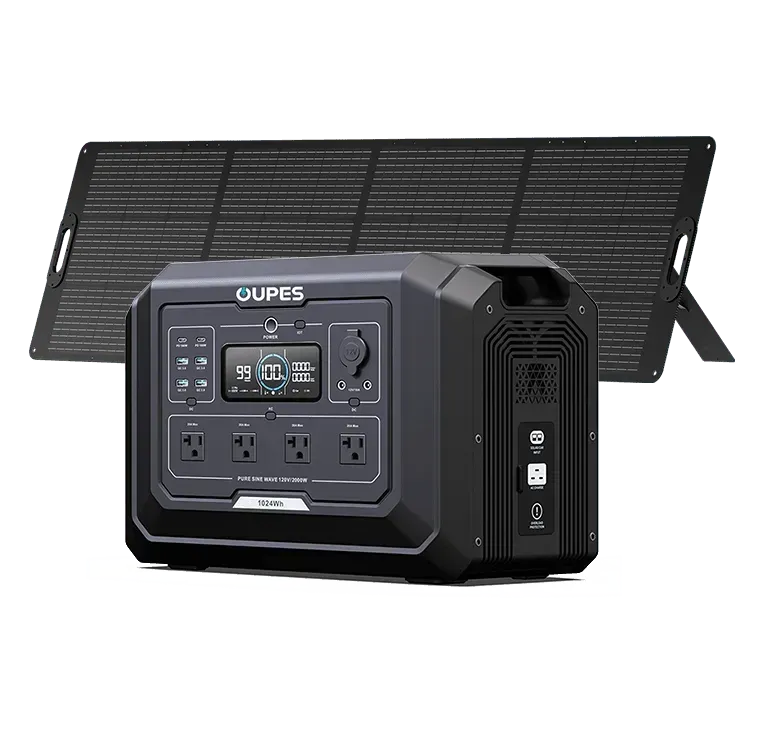
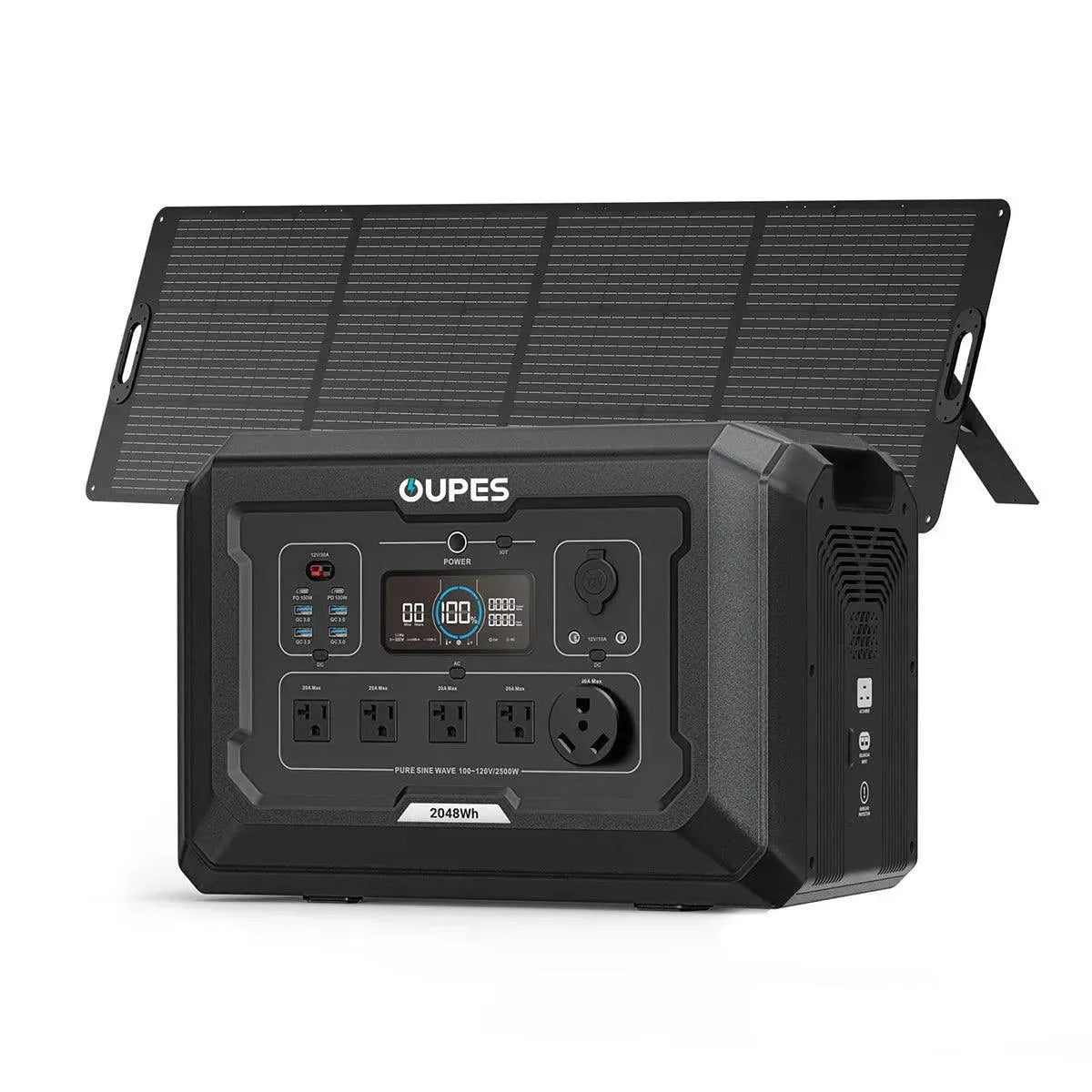






















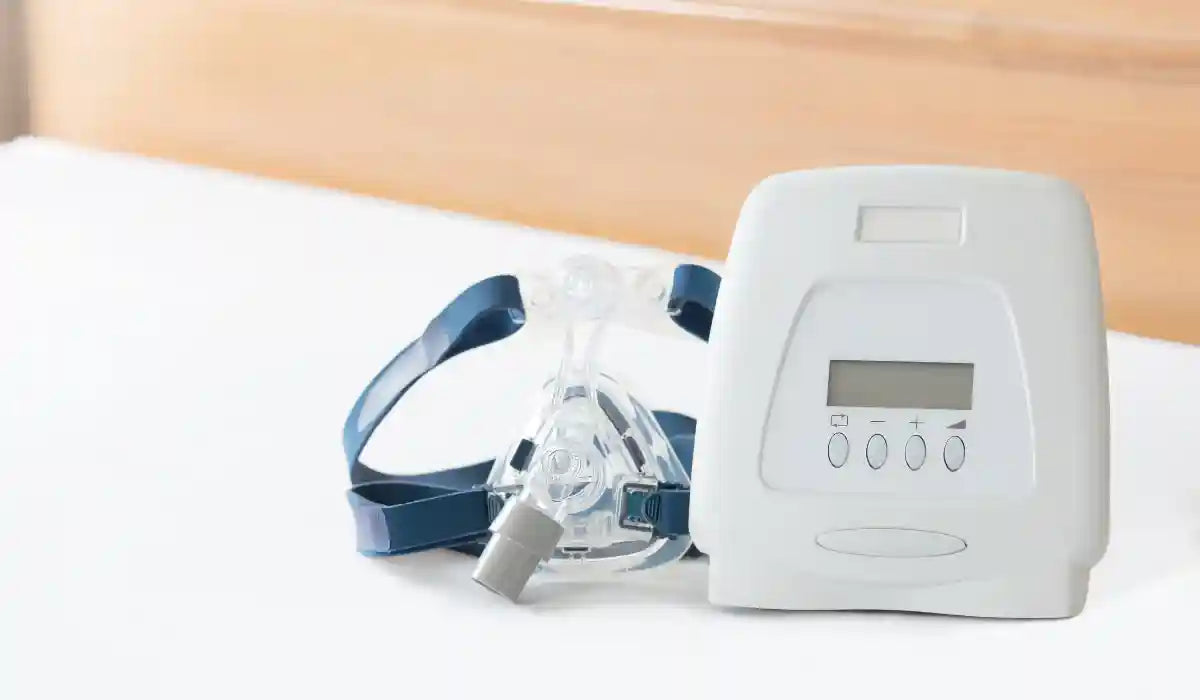
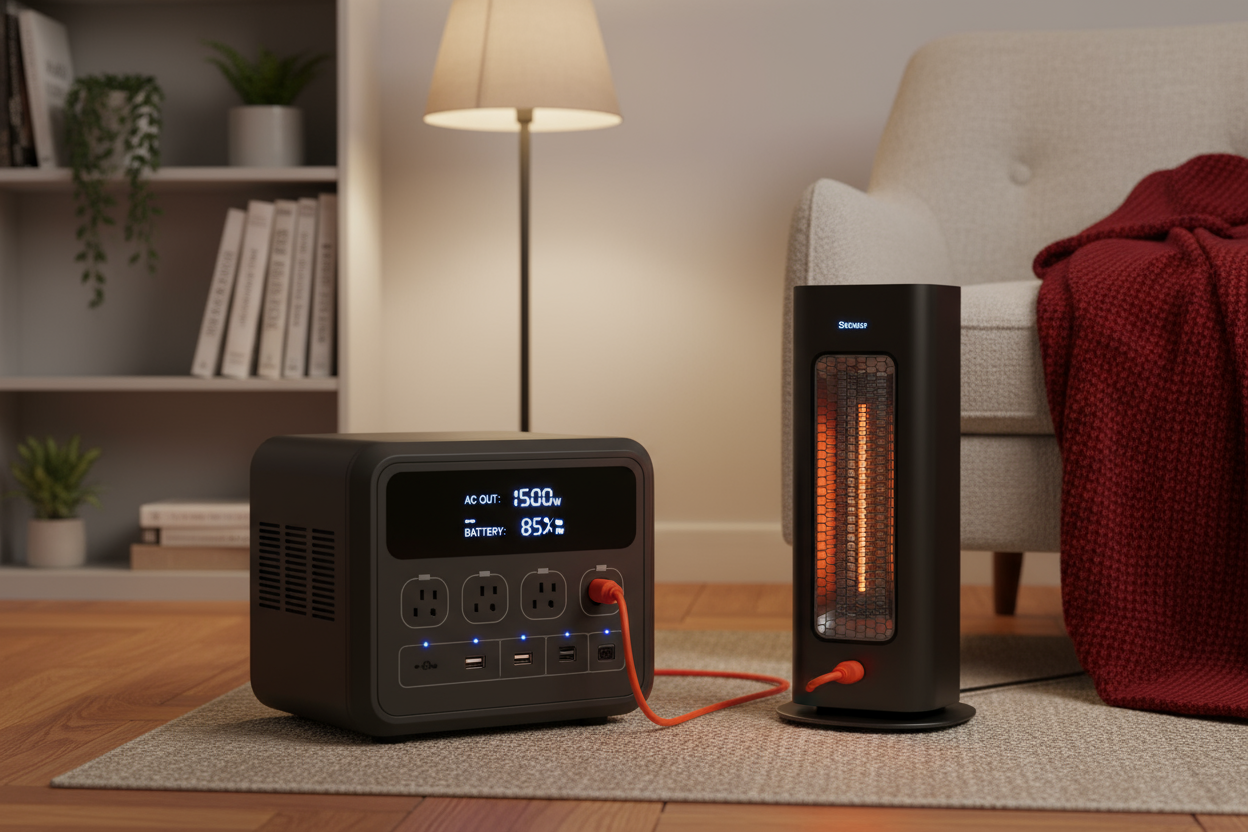
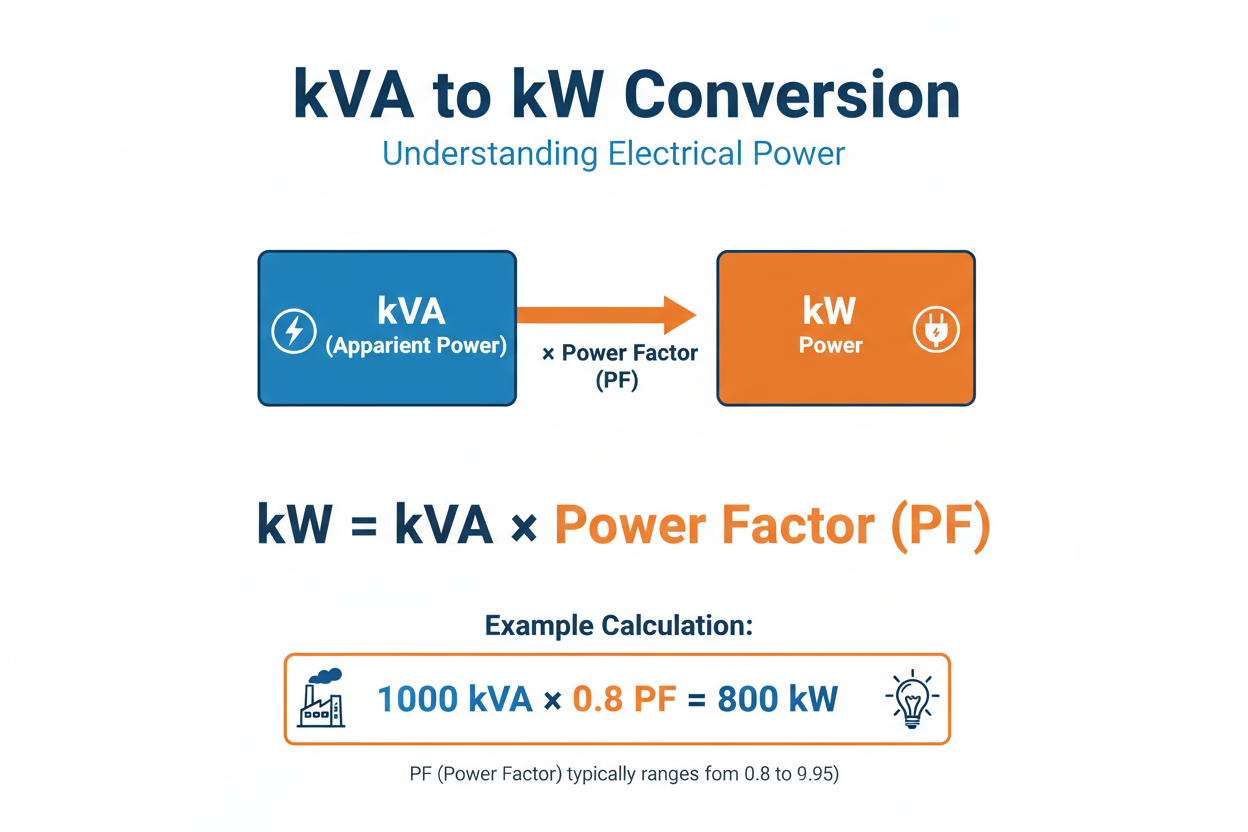
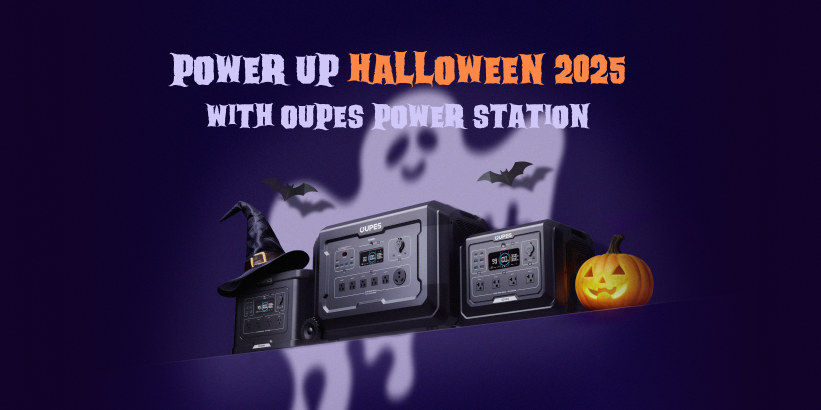
Leave a comment
This site is protected by hCaptcha and the hCaptcha Privacy Policy and Terms of Service apply.